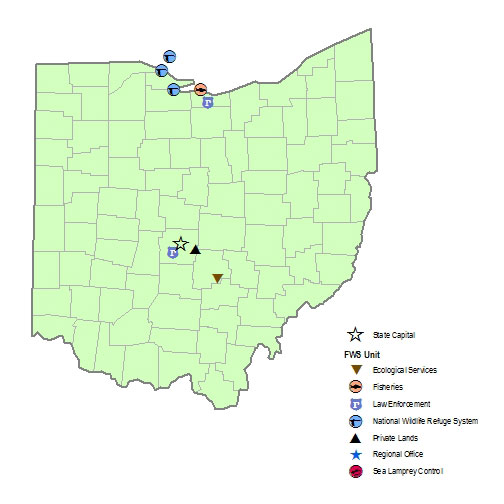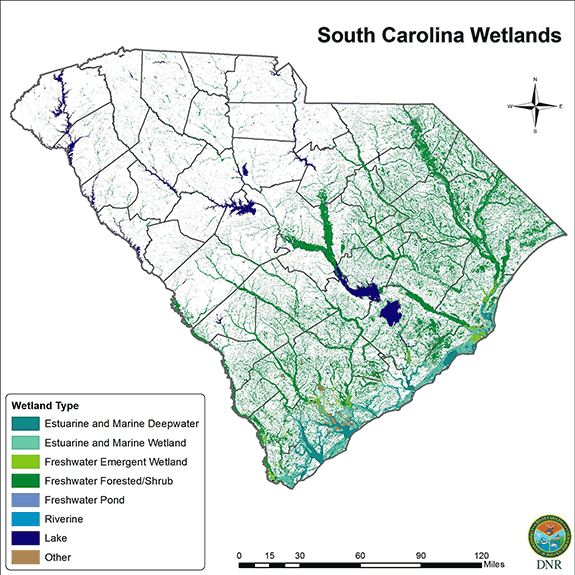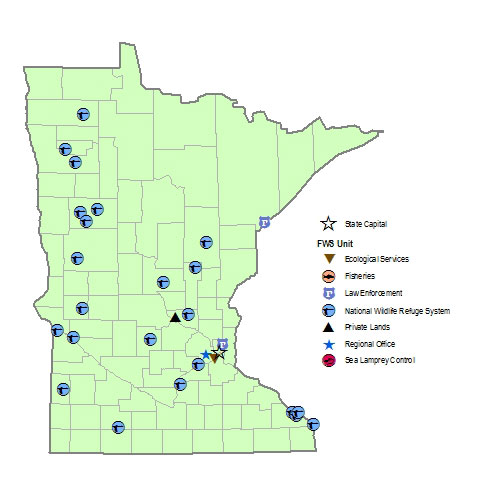Habitat
The yellow bullhead is most prevalent in smaller streams, they are not particularly fond of fast paced water movement.
They can be found in Ohio, particularly in the Western part. They are also quite populated in Minnesota and South Carolina, with the same types of slow moving stream, clear or murky lakes, and shallow ponds. Clean water is a important for the yellow bullhead, as well as many other organisms that interact with the yellow bullhead. Compared to to other species, the yellow bullhead can thrive in water that is starting to become more "murky", due to the amount of oxygen they require is lower then the average fish (DNR). They have adapted this trait, given recent environmental conditions of pollution and a decline in natural purity, ultimately the bullhead population prefers clear water sources.
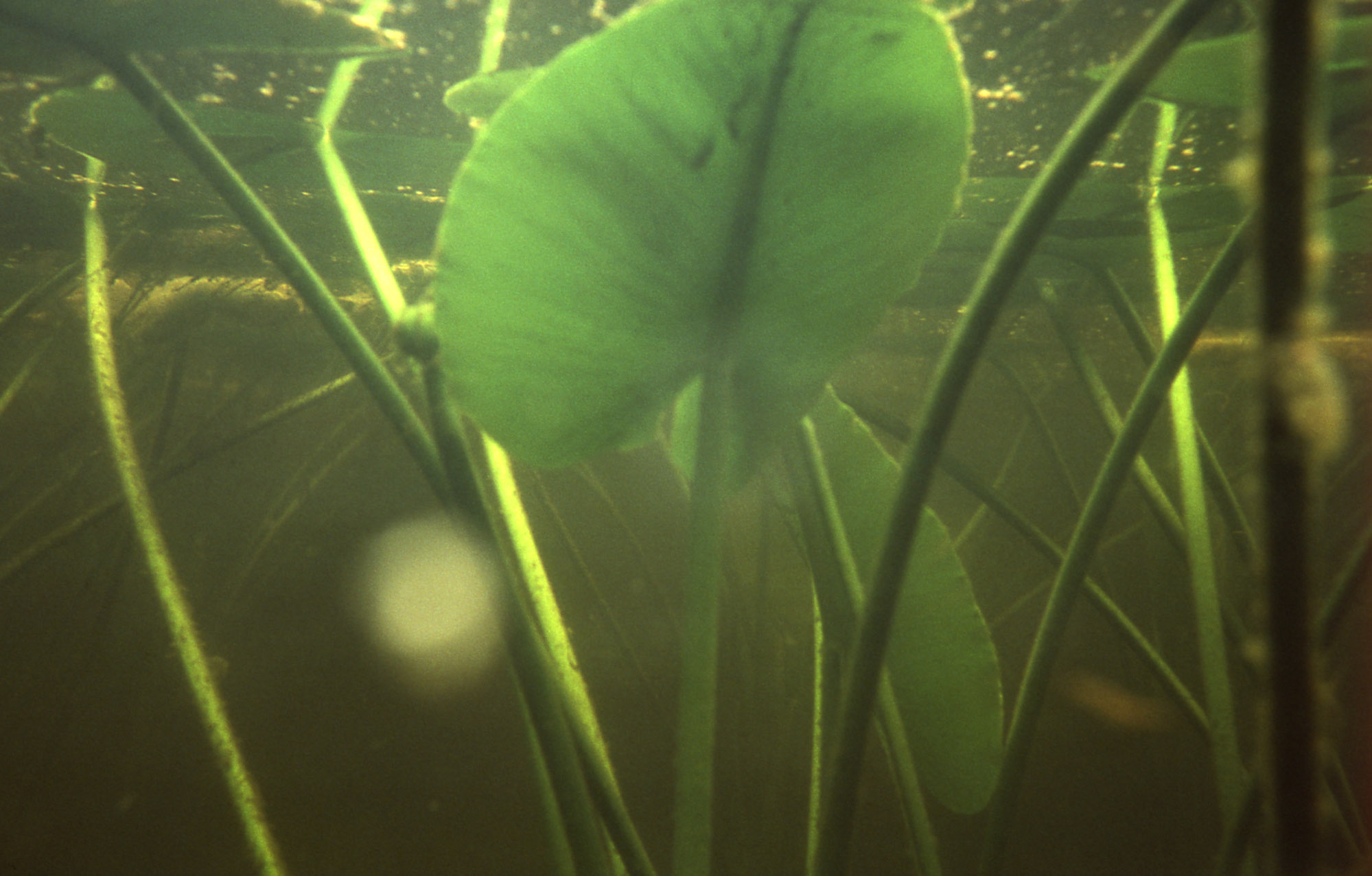 As
stated above,
most of the bullhead species, including the yellow bullhead, can survive in
water that has lower oxygen content (DNR).
The gills of the yellow bullhead are what allow them to survive in
area of lower dissolved oxygen content. Streams, lakes,
rivers, and other water sources that contain higher dissolved oxygen
are usually healthier with ecosystems that can support more
varieties of organisms while still being stable (Cairns
1990).
As
stated above,
most of the bullhead species, including the yellow bullhead, can survive in
water that has lower oxygen content (DNR).
The gills of the yellow bullhead are what allow them to survive in
area of lower dissolved oxygen content. Streams, lakes,
rivers, and other water sources that contain higher dissolved oxygen
are usually healthier with ecosystems that can support more
varieties of organisms while still being stable (Cairns
1990).
The yellow bullhead will typically like highly vegetated areas so they can find their food sources or aquatic insects, crayfish, and other smaller fish (DNR). The vegetation would also help with protection from predators of the yellow bullhead, and they prefer to lay eggs in areas with weed banks when they spawn.
Streams are contained within stream beds and banks. Depending on the location of the stream, the water will come from either a glacial source, or another larger body of water- in the yellow bullhead cases freshwater lakes. In the locations of Ohio and Minnesota, the streams will likely freeze in the winter. The freezing process allows this particular niche to grow different vegetation and experience new organisms and some of the stream's animals will migrate to warmer climates, allowing less competition for the remaining species (Ryon 2011).
With streams and rivers starting from lakes or greater bodies of
water, there will be niche overlaps. Not only will the yellow
bullhead be interacting with other
species and organisms in these niches, they will deal with varying
habitats. The yellow bullhead has been able to adapt in these
varying habitats, and should be able to successfully evolve if other
changes are needed.
Factors that could deter the yellow bullhead as well as other
species success in their habitat would be drastic environmental
changes or the introduction of new predation that would wipe out the
yellow bullhead (Gido 2010).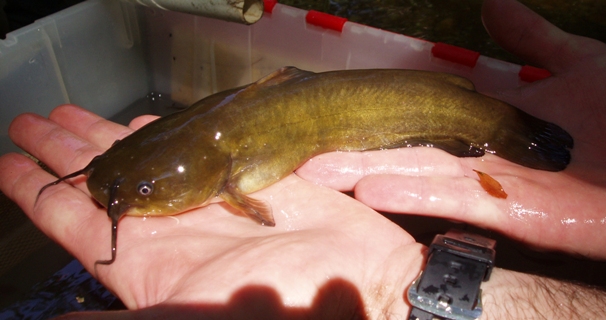
Living in these types of habitats, the yellow bullhead is socialized with many other species. In particular, there are many other types of bullheads. The yellow bullhead can be distinguished from these other types of bullheads because our bullhead does not hybridize with the black or brown bullhead. It is not too difficult to find a specimen that is strictly a yellow bullhead in these specific types of habitats (DNR).
Continue on to learn more about the
nutrition of the yellow bullhead
or
Return to Home


